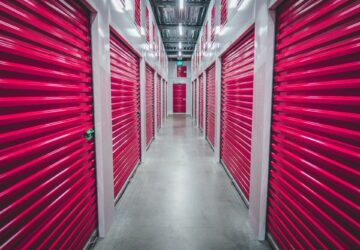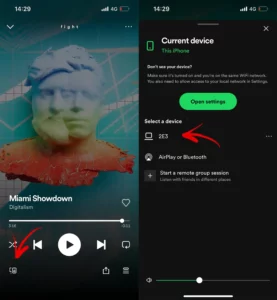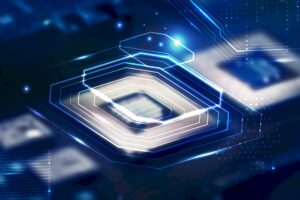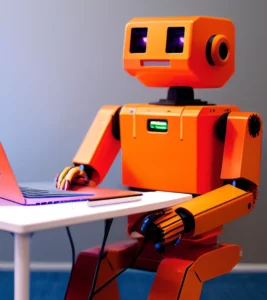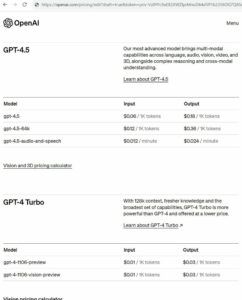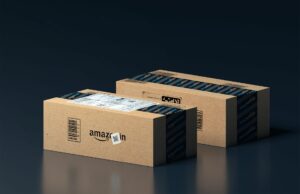OpenAI, the leading non-profit AI research company, has signed a letter of intent with Rain AI, a startup developing neuromorphic processors (NPUs) specifically tailored for AI applications. The agreement outlines OpenAI’s commitment to purchasing $51 million worth of Rain AI’s NPUs upon their commercial availability.
In recent years, the need for specialized hardware has become increasingly evident for AI technologies. AI companies are pushing their limits to offer personalized experiences to their customers. Rain AI’s NPUs, dubbed “Digital Dendrites,” are inspired by the structure and function of the human brain. They are designed to mimic the brain’s ability to process information efficiently and with low power consumption, making them a promising solution for the demanding computational needs of AI tasks.
At the heart of this partnership lies a letter of intent signed in 2019, outlining OpenAI’s intention to purchase $51 million worth of Rain AI’s NPUs upon their commercial availability. This substantial investment underscores OpenAI’s belief in the transformative potential of Rain AI’s technology.
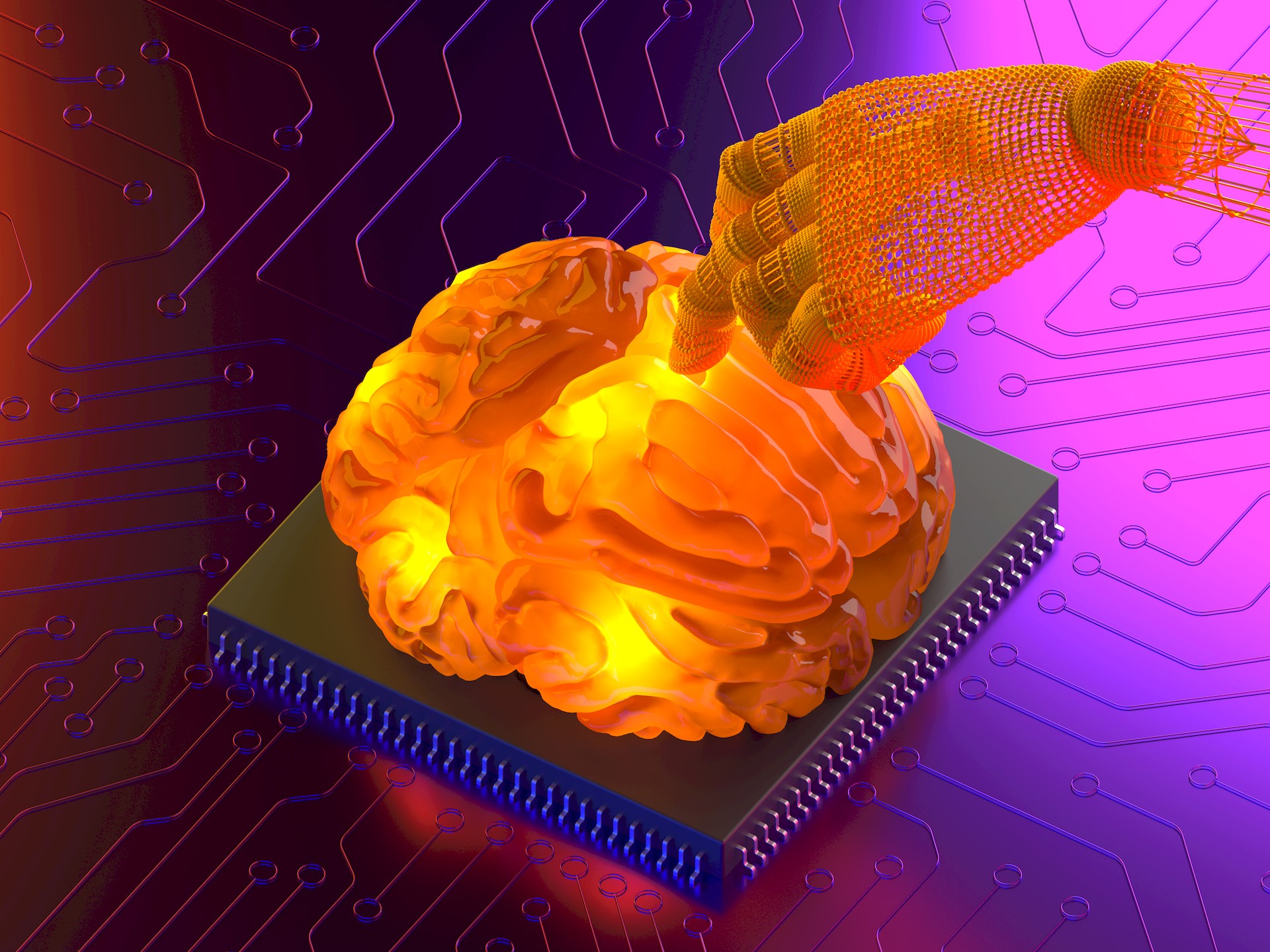
What is Rain AI?
Rain AI is a startup company that is developing neuromorphic processors (NPUs), which are a type of computer chip that is designed to mimic the structure and function of the human brain. NPUs are seen as a promising technology for artificial intelligence (AI) applications because they have the potential to be much more energy efficient than traditional GPUs, which are currently the most widely used type of AI accelerator.
Rain AI’s NPUs, dubbed “Digital Dendrites,” are still in development, but the company has claimed that they could potentially be 100 times more powerful and 10,000 times more energy efficient than GPUs. The company has also said that its NPUs could be used to train AI models as well as run them once they are deployed.
Rain AI has received funding from a number of high-profile investors, including OpenAI CEO Sam Altman and Aramco Ventures, the venture capital arm of Saudi Aramco. The company is also reportedly working with a number of large technology companies, including Google, Oracle, Meta, Microsoft, and Amazon.
Despite its promising technology and high-profile backers, Rain AI faces a number of challenges. The company’s NPUs are still in development, and it is unclear when they will be commercially available. Additionally, Rain AI will need to compete with a number of established players in the AI hardware market, including Nvidia, Google, and Amazon.
How do NPUs work?
As mentioned before, neuromorphic processors (NPUs) are a type of artificial intelligence (AI) accelerator designed to mimic the structure and function of the human brain. Unlike traditional processors that rely on sequential instructions, NPUs are built on a network of interconnected artificial synapses, similar to the neural connections in the brain.
This architecture allows NPUs to process information in a parallel and distributed manner, making them well-suited for the computationally intensive tasks involved in AI applications.
Here is a detailed breakdown of how NPUs work:
- Input and synapses: Information is fed into the NPU through its input layer, where it is represented as spikes or pulses of electrical activity. These spikes are then transmitted to the artificial synapses, which act as the basic computational units of the NPU
- Synaptic weighting: Each synapse has a weight associated with it, which determines the strength of the connection between the input and output neurons. These weights are dynamically adjusted during the training process, allowing the NPU to learn from the data and improve its performance
- Neuronal activation: When a spike arrives at a synapse, it contributes to the activation of the postsynaptic neuron. If the cumulative activation exceeds a certain threshold, the neuron fires, generating a spike of its own. This process is replicated throughout the network, allowing the NPU to perform complex computations
- Learning and adaptation: NPUs are capable of learning and adapting to new data by adjusting the weights of their synapses. This process, known as synaptic plasticity, mimics the way the human brain learns and forms new memories
- Parallel processing: Unlike traditional processors that execute instructions sequentially, NPUs perform computations in parallel across the network of interconnected neurons. This parallel architecture allows NPUs to achieve significantly higher processing speeds for AI workloads
In summary, NPUs offer several advantages over traditional processors for AI applications, including:
- Parallel processing for faster computations
- Synaptic plasticity for learning and adaptation
- Energy efficiency for power-constrained devices

How can Rain chips help with the development of AI?
Neural processing units (NPUs) are specialized hardware accelerators designed to handle the computationally demanding tasks of artificial intelligence (AI), particularly machine learning and deep learning. They offer several advantages over traditional CPUs and GPUs, making them increasingly crucial for the development of AI.
Enhanced performance and efficiency
NPUs are specifically designed to accelerate the mathematical operations commonly used in AI, such as matrix multiplications and convolutions. This specialized architecture allows them to perform these operations significantly faster and more efficiently than CPUs and GPUs, leading to substantial improvements in AI model training and inference speed.
Lower power consumption
NPUs are designed to be highly energy-efficient, consuming significantly less power than CPUs and GPUs while delivering comparable or even superior performance. This energy efficiency is particularly important for edge devices, such as smartphones and IoT devices, where battery life is a critical constraint.
Specialized features for AI workloads
NPUs often incorporate specialized features tailored for AI workloads, such as hardware-accelerated activation functions and support for various data formats commonly used in AI models. These features further enhance the performance and efficiency of AI applications.
Reduced latency
NPUs offer lower latency compared to CPUs and GPUs, meaning they can process data and produce results more quickly. This is particularly important for real-time AI applications, such as autonomous vehicles and natural language processing.
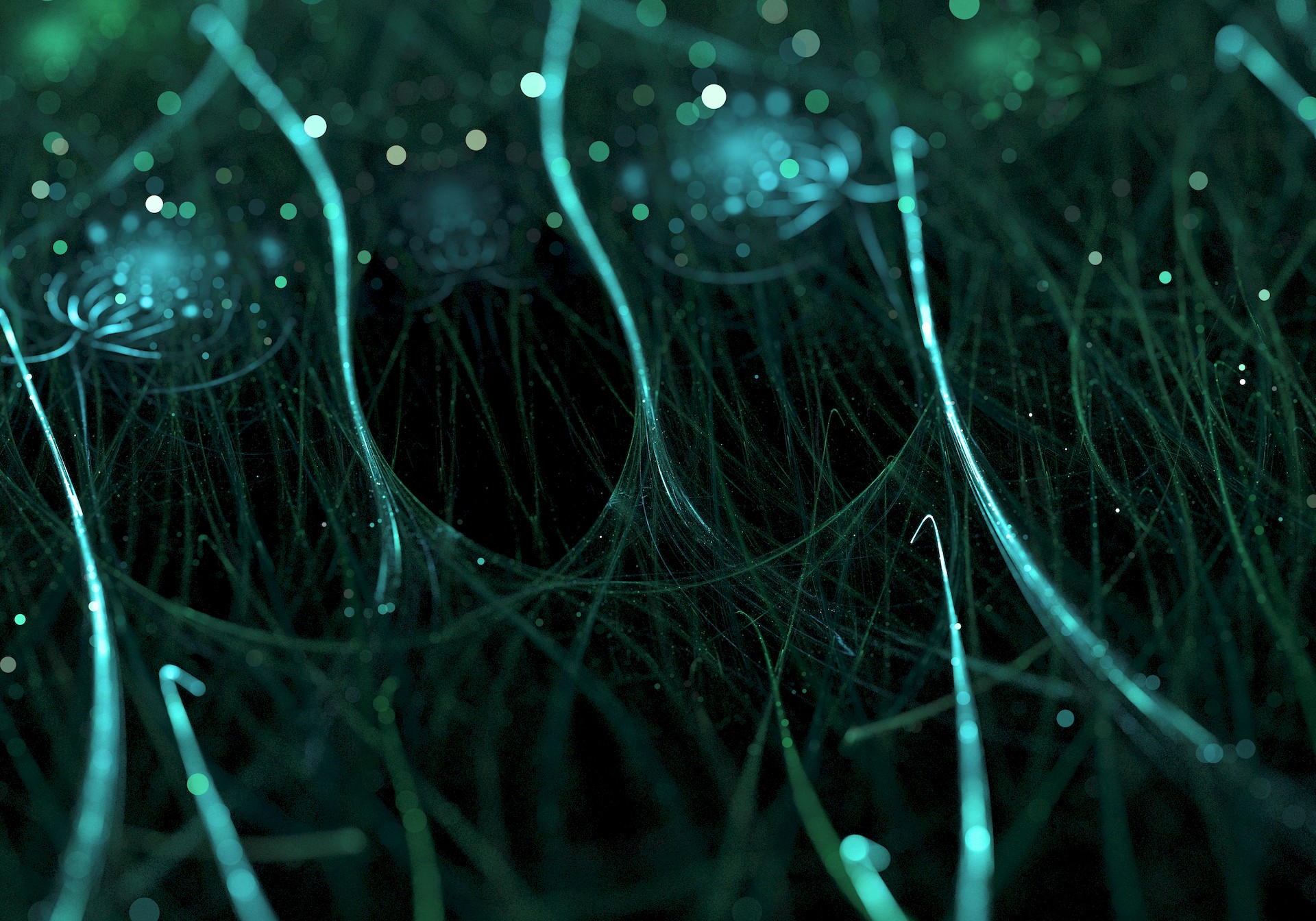
Enabling more complex AI models
The enhanced performance and efficiency of NPUs enable the development and execution of more complex and demanding AI models that would not be feasible with conventional CPUs and GPUs. This enables the advancement of areas such as natural language processing, image analysis, and machine learning.
In short, NPUs are a critical technology for the development of AI. They offer a number of advantages over traditional hardware, making them well-suited for complex and demanding AI tasks.
As AI technology continues to advance, NPUs are expected to play an even more important role in enabling the next generation of AI applications.
Altman returns
Sam Altman’s eventful weeks with OpenAI are over and he’s back to work. While the AI company was expected to take a lot of damage in the process, on the contrary, the unveiling of Q-star, ChatGPT with voice, and now Rain AI investment once again shows many in the industry why OpenAI is a successful company.
Artificial intelligence companies have a huge stake in our future and every day we are faced with a new invention. The widespread use of AI, which started with slow and malfunctioning chatbots at the beginning of 2023, is a matter of curiosity as to what more it will show us a month before 2024.
As users and reporters, all we can do is hope that a fully autonomous life in the cartoons awaits us, not the chaotic future of sci-fi.
Featured image credit: Rain AI.
- SEO Powered Content & PR Distribution. Get Amplified Today.
- PlatoData.Network Vertical Generative Ai. Empower Yourself. Access Here.
- PlatoAiStream. Web3 Intelligence. Knowledge Amplified. Access Here.
- PlatoESG. Carbon, CleanTech, Energy, Environment, Solar, Waste Management. Access Here.
- PlatoHealth. Biotech and Clinical Trials Intelligence. Access Here.
- Source: https://dataconomy.com/2023/12/04/what-is-rain-ai-and-its-deal-with-openai/
- :has
- :is
- :not
- :where
- 000
- 1
- 10
- 100
- 2019
- 2023
- 2024
- a
- ability
- accelerate
- accelerator
- accelerators
- Achieve
- across
- Act
- Activation
- activity
- Additionally
- addressing
- Adjusted
- adjusting
- advance
- advancement
- advantages
- again
- Agreement
- AI
- AI models
- ai research
- aim
- All
- Allowing
- allows
- also
- Amazon
- an
- analysis
- and
- applications
- architecture
- ARE
- areas
- ARM
- Arrives
- artificial
- artificial intelligence
- Artificial intelligence (AI)
- AS
- associated
- At
- autonomous
- autonomous vehicles
- availability
- available
- back
- backers
- basic
- battery
- Battery life
- BE
- because
- become
- before
- Beginning
- belief
- between
- Brain
- Breakdown
- built
- but
- by
- CAN
- capable
- capital
- ceo
- certain
- challenges
- chatbots
- chip
- Chips
- claimed
- claims
- commercial
- commercially
- commitment
- commonly
- Companies
- company
- Company’s
- comparable
- compared
- compete
- complex
- computational
- computations
- computer
- connection
- Connections
- consumption
- continues
- contrary
- contributes
- conventional
- could
- critical
- crucial
- curiosity
- Currently
- Customers
- damage
- data
- day
- deep
- deep learning
- delivering
- demanding
- deployed
- designed
- detailed
- determines
- developing
- Development
- Devices
- distributed
- do
- dubbed
- during
- dynamically
- each
- Edge
- efficiency
- efficient
- efficiently
- enable
- enables
- enabling
- energy
- energy efficiency
- enhance
- enhanced
- established
- Even
- eventful
- Every
- every day
- evident
- exceeds
- execute
- execution
- expected
- Experiences
- faced
- faces
- faster
- feasible
- Features
- Fed
- fires
- For
- forms
- from
- fully
- function
- functions
- funding
- further
- future
- generating
- generation
- GPUs
- handle
- Hands
- Hardware
- Have
- Heart
- help
- High
- high-profile
- higher
- highly
- hope
- How
- HTTPS
- huge
- human
- if
- image
- image analysis
- important
- improve
- improvements
- in
- Including
- incorporate
- increasingly
- industry
- information
- input
- instructions
- Intelligence
- intent
- Intention
- interconnected
- into
- Invention
- investment
- Investors
- involved
- iot
- iot devices
- IT
- ITS
- jpg
- known
- language
- large
- Latency
- layer
- leading
- LEARN
- learning
- less
- letter
- lies
- Life
- limits
- Lot
- Low
- lower
- machine
- machine learning
- Making
- manner
- many
- Market
- mathematical
- Matrix
- Matter
- max-width
- meaning
- mentioned
- Meta
- Microsoft
- million
- million worth
- model
- models
- Month
- more
- most
- much
- Natural
- Natural Language
- Natural Language Processing
- Need
- needs
- network
- Neural
- Neurons
- New
- next
- non-profit
- now
- number
- Nvidia
- of
- offer
- often
- on
- once
- OpenAI
- Operations
- or
- oracle
- our
- outlines
- outlining
- output
- over
- own
- Parallel
- particularly
- Partnership
- perform
- performance
- Personalized
- plato
- Plato Data Intelligence
- PlatoData
- Play
- players
- potential
- power
- powerful
- process
- processing
- processors
- produce
- promising
- purchase
- purchasing
- Pushing
- quickly
- RAIN
- real-time
- received
- recent
- rely
- replicated
- reportedly
- represented
- research
- Results
- Role
- Run
- Said
- Sam
- Saudi
- Saudi Aramco
- sci-fi
- seen
- several
- shook
- Short
- show
- Shows
- signed
- significantly
- similar
- slow
- smartphones
- solution
- specialized
- specifically
- speed
- speeds
- spike
- spikes
- stake
- started
- startup
- Still
- strength
- structure
- substantial
- successful
- such
- SUMMARY
- superior
- support
- Synapse
- Synapses
- tailored
- Take
- tasks
- Technologies
- Technology
- technology companies
- than
- that
- The
- their
- Them
- then
- These
- they
- this
- threshold
- Through
- throughout
- times
- to
- traditional
- Train
- Training
- transformative
- type
- unclear
- underscores
- units
- unlike
- unveiling
- upon
- us
- use
- used
- users
- various
- Vehicles
- venture
- venture capital
- Ventures
- was
- Way..
- we
- Weeks
- weight
- WELL
- What
- when
- which
- while
- why
- widely
- widespread
- will
- with
- Work
- working
- worth
- would
- years
- zephyrnet

